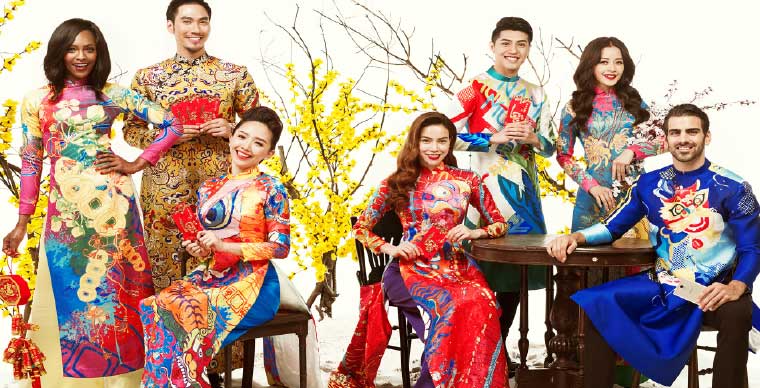
Ao Dai in the History and the Traditional Tet Holiday
- on Feb 12, 2019 By: LucyH
Ao Dai has been called by its original name in Vietnamese as a proper noun, proving the strong symbol of the Vietnamese nation Ao Dai has been bearing. Through many ups and downs, it has become an attached image and pride of Vietnamese people. To get the position like today, the modern ao dai has also experienced a long history with many memorable landmarks.

Giao Lanh Aodai and the early Aodai Four-body Ao dai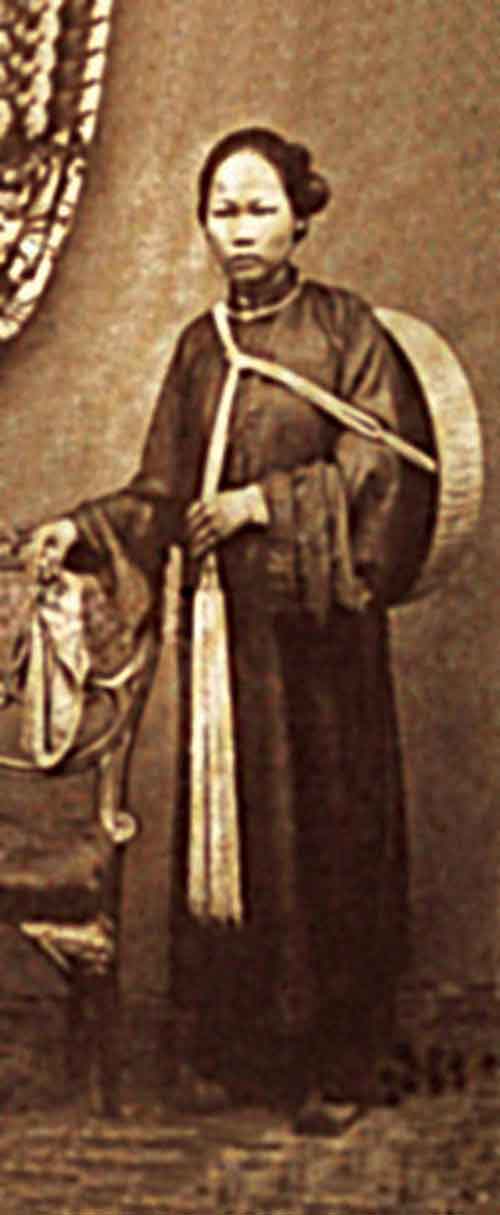
The four-slit ao dai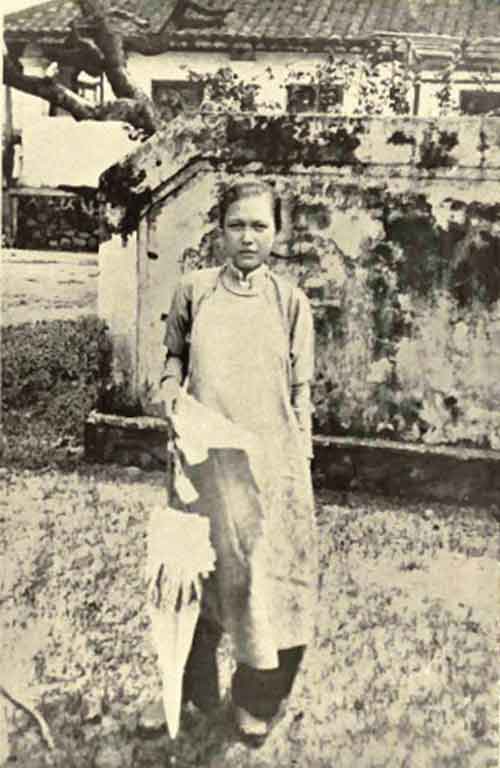
Ao dai before 1910 worn by Princess Thuyen HoaHistorical origins - Ao dai history
It is impossible to determine the exact date of the Vietnamese traditional ao dai when it first appeared. Going through many ups and downs of history, adopting many cultures, Ao dai has finally made it way here today. However, right on the engravings of Ngoc Lu drum from a few thousand years ago, there was a glimpse of the ao dai with two rags. Why do we say the ao dai with two rags is the silhouette of the Ao Dai, because the most powerful characteristic of the ao dai is the two ties. Despite many thousands of years with so many variations, the only feature that recognizes the traditional costumes of Vietnamese that’s not cross-bred with other cultures are the two long dresses. Many people believe that Vietnamese Ao Dai is another version of Chinese women's cheongsam, but the cheongsam only appeared around 1920, and Vietnamese Ao Dai has existed long before. This proves that ao dai is a cultural feature of Vietnam that only Vietnamese people have.

Ao dai in HueThe historian Dao Duy Anh once wrote: "According to the history book of Su Ky, the ancient Van Lang people, ie our ancestors, close ao dai on the left side. The history says that in the first century, Nham Dien teaches people in Cuu Chan district to use clothes following the Chinese people. We can deduce that before the Northern domination, Vietnamese people close their clothes on their left hand, but then imitated the new Chinese people to close it on the right hand ".
Since the war that was rebelled by Hai Ba Trung (Trung sister), Vietnam has been under the control of more than a thousand years of the North, but the ao dai still retains its own characteristics. The most primitive type of ao dai is Giao Lanh. Legend has it that, due to honoring Hai Ba Trung, Vietnamese women avoid wearing two-slit ao dai, but they can replace them with four-slit ao dai representing the parents of the Trung Sisters. In addition, the technology at the time was still rudimentary, the fabric is woven into small pieces so it was necessary to combine four pieces to sew one ao dai.
Ao dai consists of two pieces behind the back of the spine, the edges of the two pieces are joined together and hidden inside. The previous two-slit ao dai is tied up and put down into two ties in the middle, so the person don’t have to button when wearing. Normally, the hemline is lifted, and dropped only in the funerals of their husband or parents.
It was not until the reign of Gia Long (1802-1819) that the four-slit ao dai was changed into the five-slit ao dai, this time the ao dai had a small body symbolizing the wearer. By 1884, when the Hue court ceded its rule to the hands of France, Western culture began to be introduced to Vietnam and brought many changes to the ao dai. From here, Ao Dai walked through another page and reveals many of the designs of the Ao Dai today.
Modern ao dai in timeline
After the Hanoi College of Fine Arts was opened, there were many painters devoted to the ethnic design of the Ao Dai to make it easier to wear. Le Mur Ao Dai is the first edition. Le Mur is the French name of the artist Cat Tuong, who made a major reform with a four-slit ao dai. The front slit is extended to the feet length to increase the graceful appearance of the step while the upper body is sewn close to the body's curves, creating a unique and sexy grace. To increase the femininity, the front row buttons are shifted to one side of the shirt opening along the shoulders and running along one side of the body.

The off-shoulder ao dai by Mrs. Tran Le XuanThe renovated Le Mur's ao dai by artist Le Pho and was warmly welcomed in the Da Nang Women's Fair which is a combination of Le Mur ao dai and the four-slit ao dai which is very close to today's modern ao dai: the shoulders and the arms are connected and not bulging, the neck is closed, the buttons are on the right. At this time, the famous raglan sleeve of the ao dai has not yet appeared, the Le Pho ao dai remains the same shape and is loved and worn by Vietnamese women for many periods.
This is a combination of Le Mur ao dai and the four-slit ao dai, very close to today's modern ao dai: connecting the shoulders and the arms are not bulging, the neck is closed and the buttons are on the right. At this time, the famous raglan sleeve of the ao dai has not yet appeared, the Le Pho ao dai remains the same shape and is loved and worn by Vietnamese women for many periods. Only in the 1960s, Dung's tailor in Dakao in Saigon created the raglan style with the slender arms and the body of the shirt being curled along the curve of women body. Going along with slimming pants, the modern ao dai has become the kind of cloth that is both charming and discreet in accordance which created the image of the modern Vietnamese woman.
From here the modern Ao Dai officially came into being and still retained that beauty until today. Despite the years of war, the ao dai is still a symbol of Vietnamese women.Tet with Ao Dai
Even though Vietnamese people now no longer wear ao dai as a casual outfit as they used to, modern ao dai is still a formal costume to wear on important occasions, in banquets or as uniform of some companies. Especially on the occasion of Tet holiday, when people gather about their families and return to their roots, the ao dai becomes a kind of costume with many ethnic features.
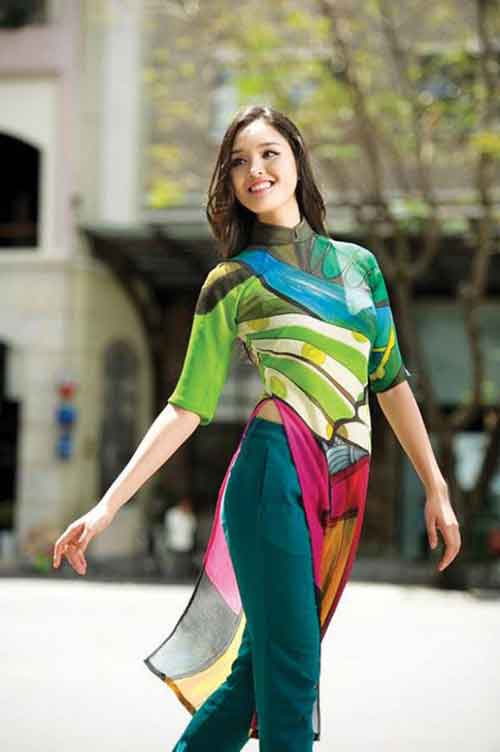
Renovated ao dai for young people
There is no need to be too picky in how to wear ao dai. Today famous Ao Dai designers such as Si Hoang, Vo Viet Chung, Viet Hung still create stylized ao dai to suit the needof young people such as short sleeves, short ties and maybe wear together with jeans and tight pants. Even men are also encouraged to wear modern ao dai on this occasion which will honor the traditional beauty of the Vietnamese.
Ao dai is gradually becoming fashionable when not only Vietnamese people wear ao dai but the world famous designers also bring Ao Dai as inspiration for their collections on the international stage. In the latest collection inspired by ao dai, the brand Emilio Pucci has launched their very modern and luxurious designs. This is an extremely important step of Vietnamese Ao Dai, when being recognized by the world, forecasting Ao Dai will become a symbol of culture and fashion, not just costume.

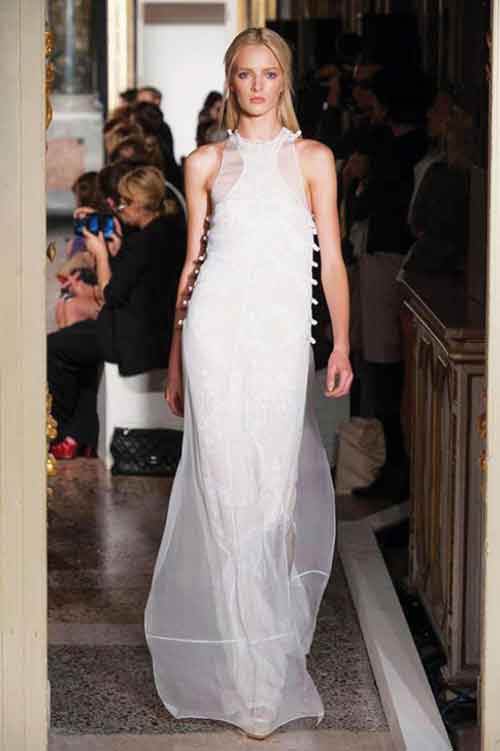
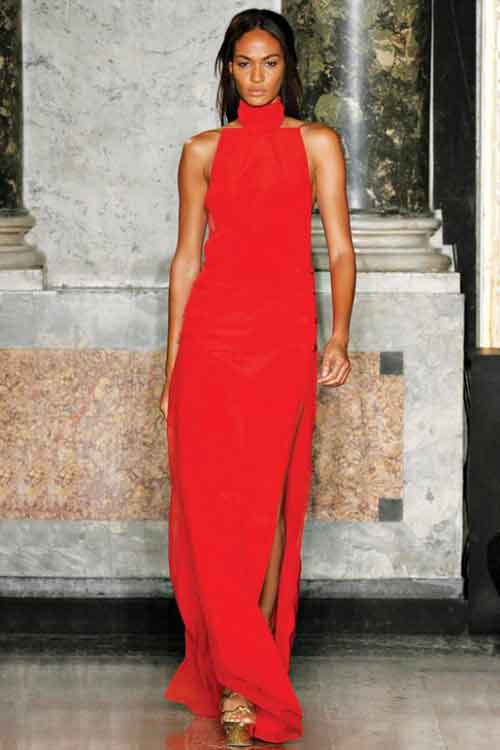
Photos of ao dai in the collection of Emilio PucciRelated articles:
Vietnamese hand embroidery
The beauty of Vietnamese Conical Hat
Hanoi Silk Street
Comment
Other Blog
Categories
Latest News
on 27 Apr, 2023      
on 15 Apr, 2023      
on 28 Mar, 2023      
 Español
Español Français
Français







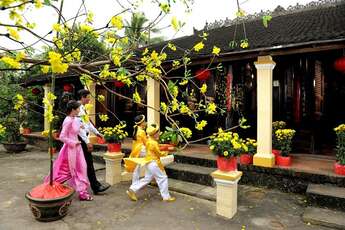
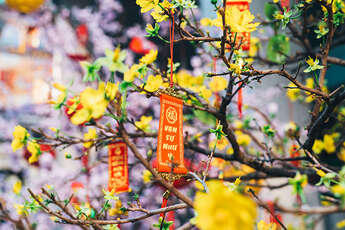

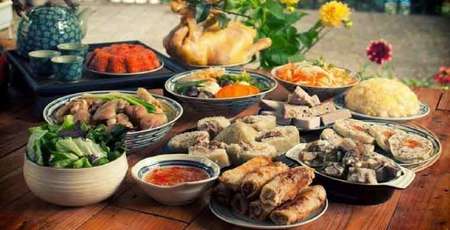
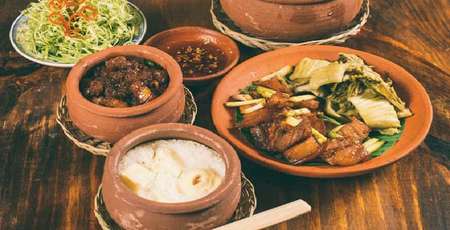








F
on Jan 3, 2024Igor Mozetic
on Apr 8, 2023Ira Beale
on Feb 10, 2023Phạm Phú Toàn
on Jan 28, 2023Max Stover
on Jan 11, 2023